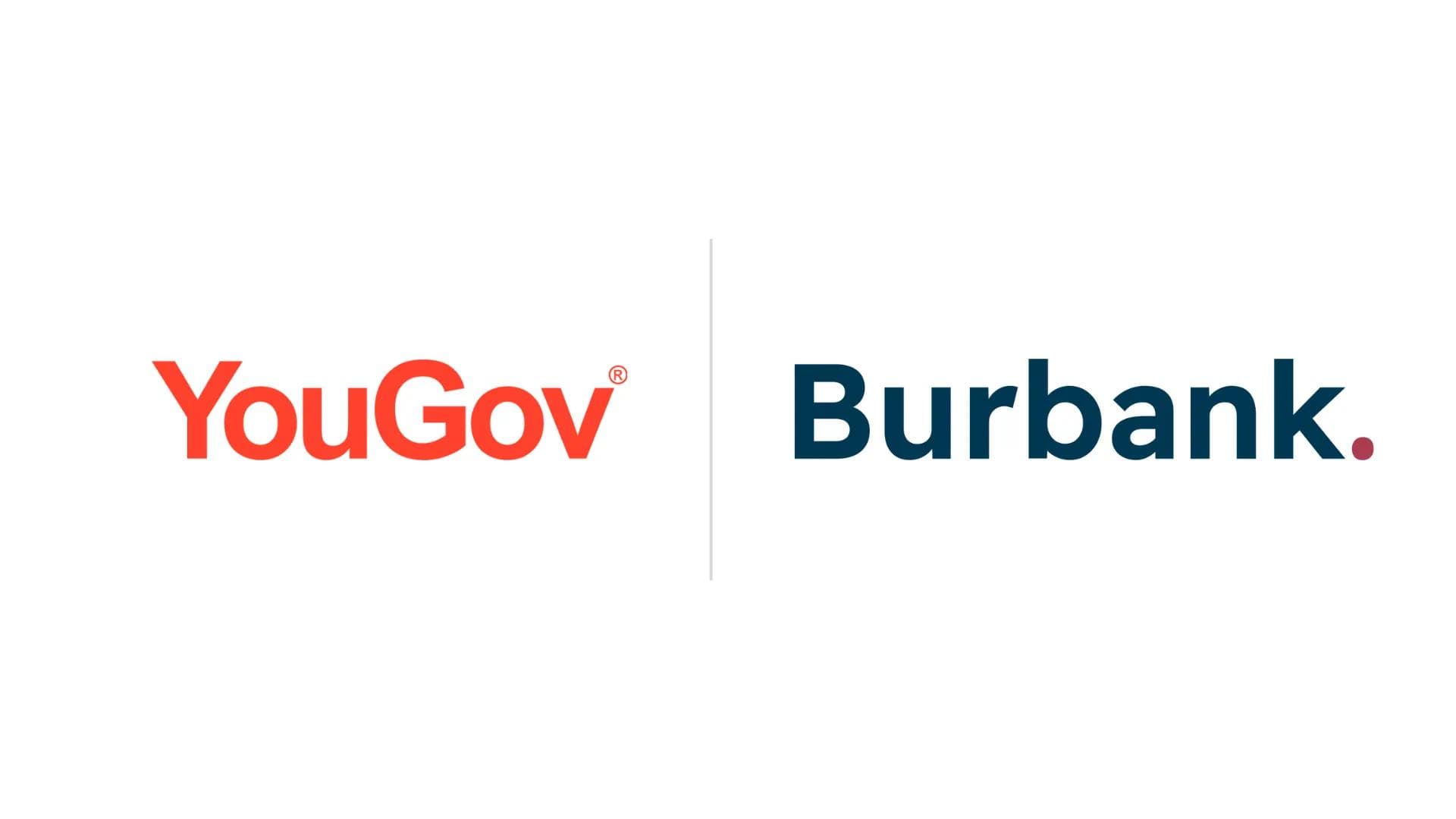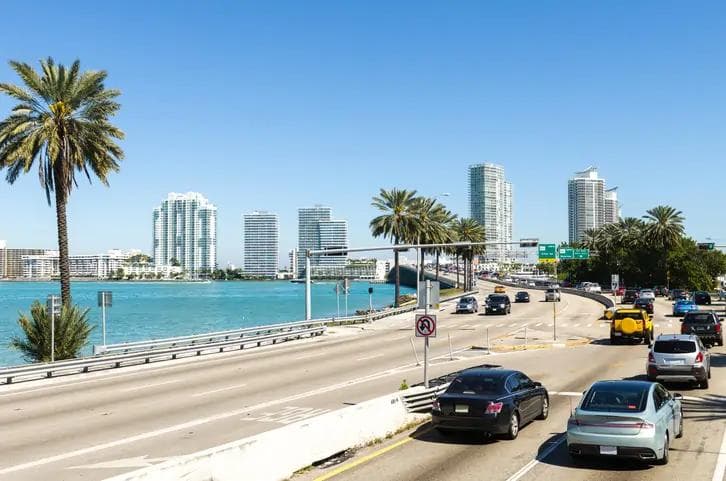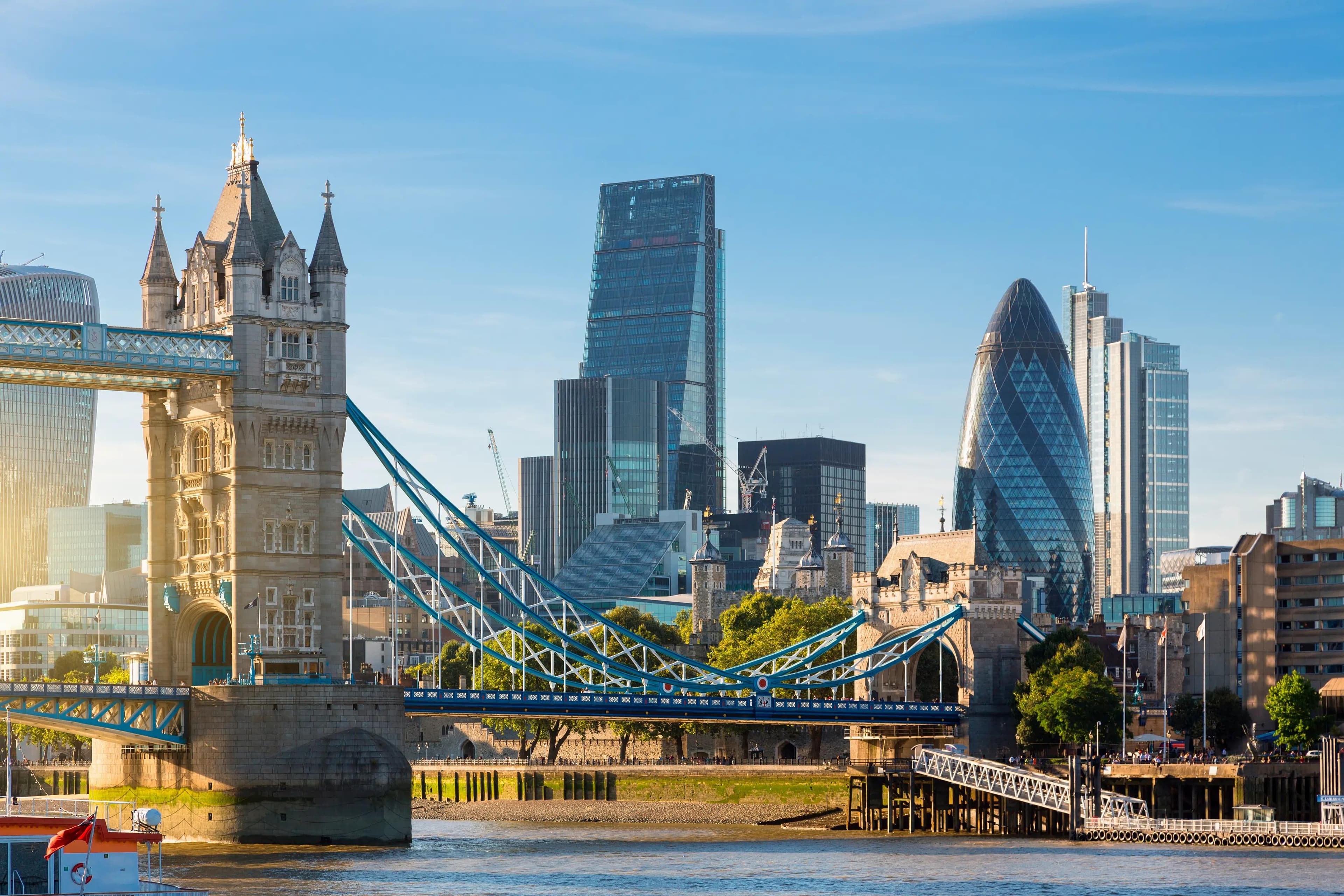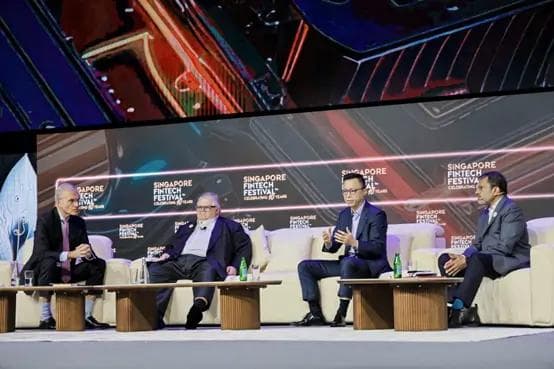Russian forces advance in factory city, U.S. to send precision rockets to Ukraine
Russian forces advance in factory city, U.S. to send precision rockets to Ukraine
Published by Jessica Weisman-Pitts
Posted on June 1, 2022
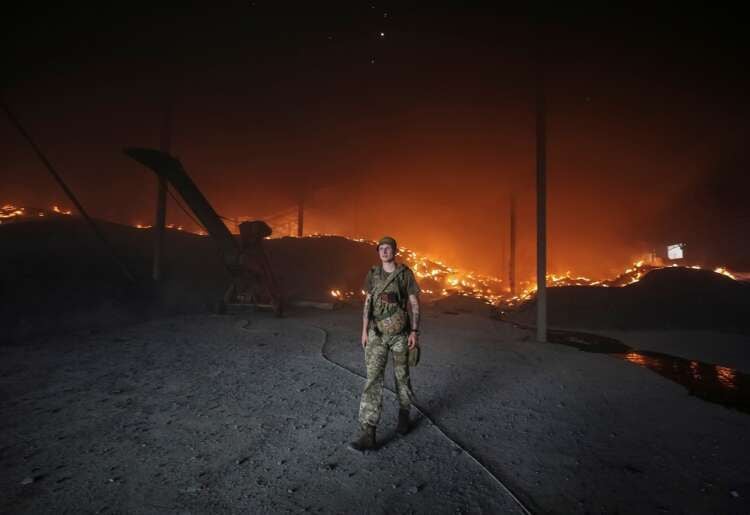
Published by Jessica Weisman-Pitts
Posted on June 1, 2022

By Pavel Polityuk and Max Hunder
KYIV (Reuters) – Russian forces on Wednesday pressed closer to the centre of an industrial city in a drive to grab a swathe of eastern Ukraine, while the United States said it would supply advanced rockets to Kyiv to help push Moscow to negotiate an end to the war.
Ukraine’s General Staff said Russian forces, now 98 days into their invasion, pounded infrastructure in eastern and southern regions, including the city of Sievierodonetsk, which they entered on May 27 and is the main focus of their ground offensive in the eastern Donbas region.
According to provincial governor Serhiy Gaidai, a Russian airstrike hit the Azot chemical factory in Sievierodonetsk on Tuesday, blowing up a tank of toxic nitric acid and releasing a plume of pink smoke. He urged residents to remain inside.
Reuters could not independently confirm the cause of the incident.
U.S. President Joe Biden said Washington would supply precision rocket systems and munitions as part of a $700 million weapons package expected to be formally announced on Wednesday.
“We have moved quickly to send Ukraine a significant amount of weaponry and ammunition so it can fight on the battlefield and be in the strongest possible position at the negotiating table,” Biden wrote in the New York Times.
A Biden administration official said the new supplies – which comes on top of billions of dollars worth of equipment such as drones and anti-aircraft missiles – included the M142 High Mobility Artillery Rocket System (HIMARS), which Kyiv has said is “crucial” to counter Russian missile attacks.
Addressing concerns that such weapons could draw the United States into direct conflict, Jonathan Finer, deputy White House national security adviser, said Washington had asked Ukraine for assurances the missiles would not strike inside Russia.
Russia, however, warned of an increased risk of direct confrontation with the United States.
Foreign Minister Sergei Lavrov, speaking in Saudi Arabia, said the supply of the rocket launchers to Ukraine raised the risks of a “third country” being dragged into the conflict.
Kremlin spokesman Dmitry Peskov said such supplies would not encourage Ukraine’s leadership to resume stalled peace talks.
“We believe that the United States is purposefully and diligently adding fuel to the fire,” Peskov said.
NUCLEAR FORCES
Shortly after the U.S. decision was announced, the Russian defence ministry said Russia’s nuclear forces were holding drills in the Ivanovo province, northeast of Moscow, the Interfax news agency reported. The report did not mention the U.S. decision.
Russia has also completed testing its hypersonic Zircon cruise missile and will deploy it by the end of the year on a new frigate of its Northern Fleet, a senior military officer said on Wednesday.
Ukraine’s General Staff said Russian forces continued to pound northern, southern and eastern districts of Sievierodonetsk.
If Russia captures the city and its smaller twin Lysychansk on the west bank of the Siverskyi Donets river, it will hold all of Luhansk, one of two provinces in the Donbas that Moscow claims on behalf of separatists and a key war aim of President Vladimir Putin.
Ukrainian forces now control just 20% of Sievierodonetsk, Russian forces 60% and the rest has become a “no-man’s land”, Oleksandr Stryuk, the Ukrainian head of the city administration, told Reuters.
“The 20% is being fiercely defended by our armed forces… Attempts are being made to drive out the Russian troops… We have hope that despite everything we will free the city…,” Stryuk said.
Governor Gaidai said Lysychansk was easier to defend as it is located on a hill but Russian forces would target it with artillery and mortars once in full control of Sievierodonetsk.
The leader of the pro-Moscow Luhansk People’s Republic, Leonid Pasechnik, told TASS news agency Russian proxies had advanced slower than expected to safeguard city infrastructure and “exercise caution around its chemical factories”.
Jan Egeland, head of the Norwegian Refugee Council aid agency which had long operated out of Sievierodonetsk, said up to 12,000 civilians remain trapped in the crossfire, without sufficient access to water, food, medicine or electricity.
Before the war, the city was home to around 120,000 people.
WEAPONS PACKAGE
The new U.S. package includes ammunition, counter fire radars, air surveillance radars, additional Javelin anti-tank missiles and anti-armour weapons, officials said.
German Chancellor Olaf Scholz said on Wednesday Berlin would supply Kyiv with its IRIS-T medium-range surface-to-air defence system.
Ukrainian President Volodymyr Zelenskiy has called for more weapons while lambasting the European Union, which agreed on Monday to cut imports of Russian oil, for not sanctioning energy from Russia sooner.
The EU will ban imports of Russian oil by sea. Officials said that would halt two-thirds of Russia’s oil exports to Europe at first, and 90% by the end of this year.
Responding to the EU oil embargo, Russia widened its gas cuts to Europe, driving prices higher and ratcheting up its economic battle with Brussels. Moscow said on Wednesday it could re-route oil exports to limit its losses.
The war has also disrupted Ukraine’s exports of wheat and other commodities, hitting consumers with higher food prices especially in the world’s poorest countries.
Pope Francis appealed for all blockades on wheat exports from Ukraine to be lifted, saying grain should not be used as a “weapon of war”.
Putin launched what he calls a special military operation on Feb. 24 to disarm and “denazify” Ukraine. Ukraine and its Western allies call this a baseless pretext for a war of aggression.
(Reporting by Reuters bureaux; Writing by Gareth Jones and Angus MacSwan; Editing by Lincoln Feast, Frank Jack Daniel and Hugh Lawson)
Explore more articles in the Top Stories category


